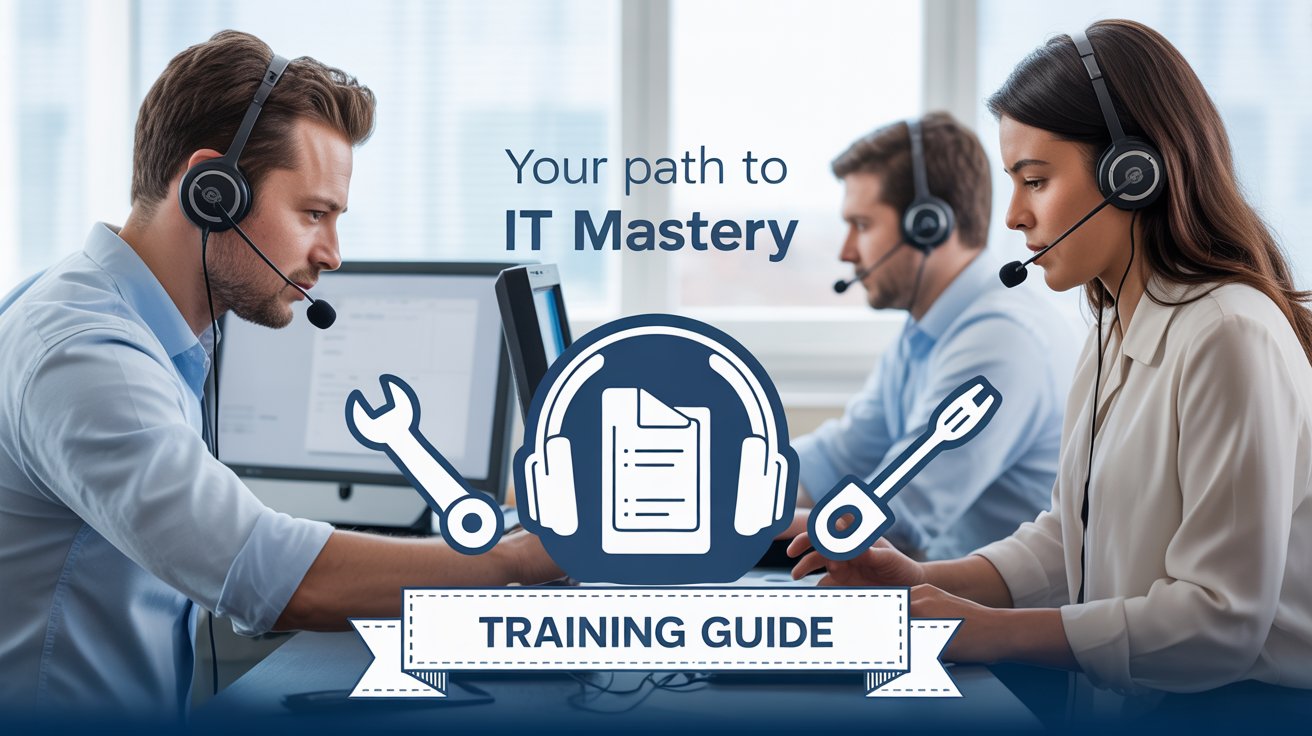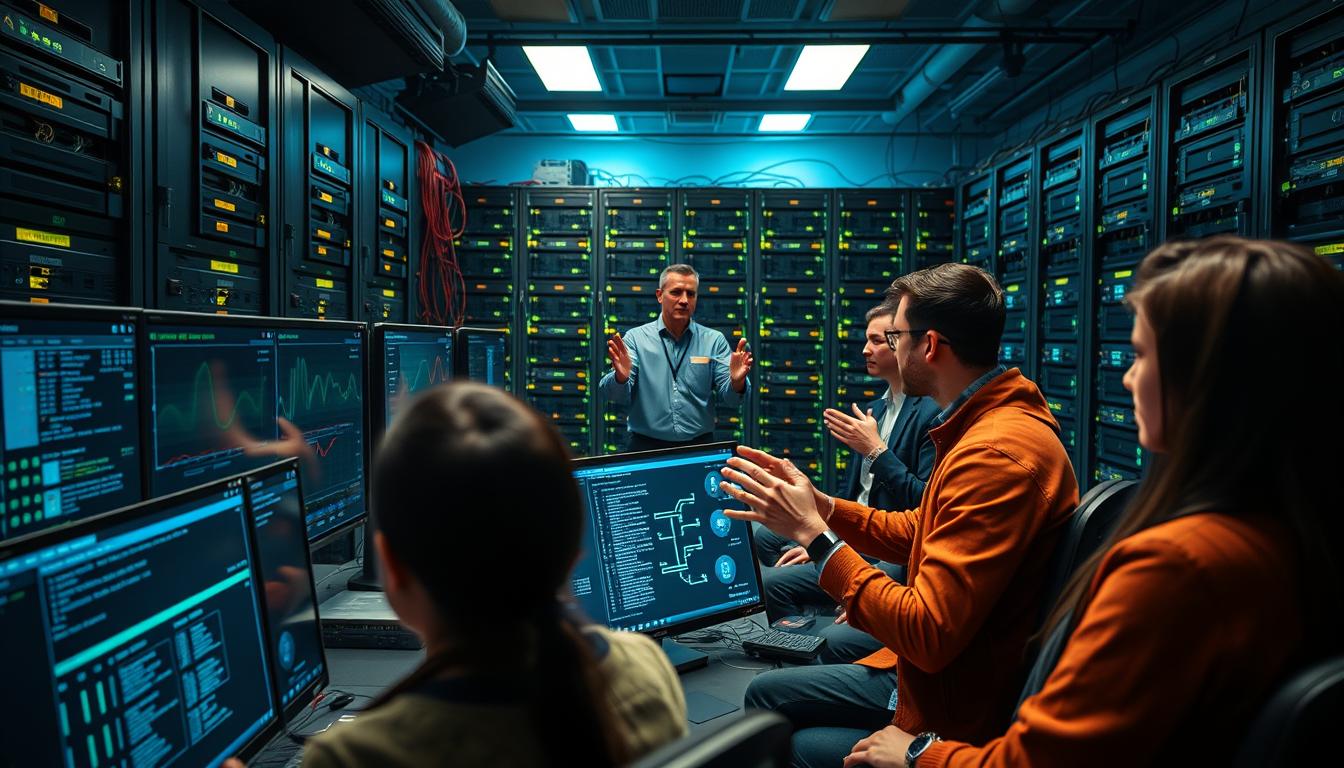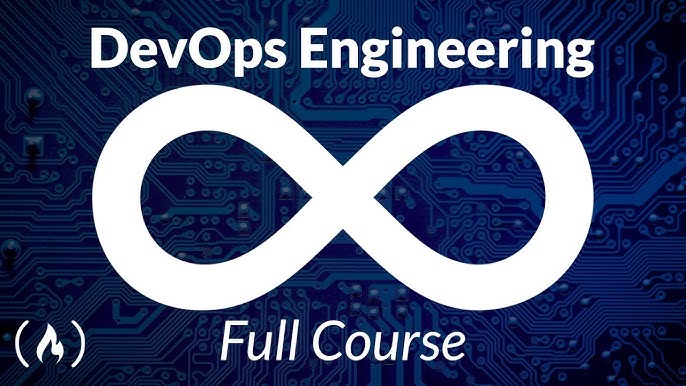Blog Details
IT Support, Help Desk, Technical Support Desktop Training Guide

IT Support, Help Desk, Technical Support: Desktop Training Guide. Need help with tech issues? Our comprehensive guide on IT support, help desk, technical support covers desktop training & tips. Get solutions fast!

Introduction to IT Support, Help Desk, Technical Support
In my years working in the IT field, I have encountered various challenges that reinforced the importance of efficient IT support, help desk, technical support in any organization. From troubleshooting hardware issues to resolving software complications, having a strong technical support team is crucial for operational efficiency. In this guide, we will explore everything from the basic definitions of IT support, help desk, & technical support to practical tips for desktop training that can significantly enhance your IT infrastructure.
What is IT Support?
IT support encompasses a broad range of services that assist individuals & organizations in managing their technology. This includes resolving technical issues, maintaining hardware & software, & ensuring that systems run smoothly. Typically offered through in-house teams or outsourced providers, IT support, help desk, technical support is vital for minimizing downtime & enhancing productivity. IT support can be broken down into different levels. Level 1 is often the frontline support, addressing common inquiries & minor technical issues. Level 2 escalates to more complex problems, requiring specialized knowledge & troubleshooting skills. Level 3 is expert-level support that might involve system design improvements or significant upgrades. Examples of common IT support tasks include setting up user accounts, configuring network settings, & performing routine maintenance on equipment. Each task is essential to maintaining a seamless technology experience for users within the organization.
The Role of a Help Desk in IT Support
The help desk is often the primary point of contact for users facing technical difficulties. Its primary goal is to provide immediate assistance & support through various channels, including phone, chat, & email. A well-functioning help desk ensures that queries are addressed promptly, allowing users to return to their tasks with minimal interruption. One important aspect of a help desk is its ticketing system, which allows IT professionals to track the status of user issues, categorize problems, & manage resolutions efficiently. Here’s how a help desk can enhance overall technological support:
Quick Resolution: Issues are logged & prioritized based on urgency.
User Statistics: Help desks can generate data reports to analyze trends in user issues.
Feedback Mechanism: Users can provide feedback that helps improve support services.
With a dedicated help desk, organizations can reduce incident resolution times & increase user satisfaction, ultimately leading to heightened productivity across the board.
Technical Support: Key Responsibilities
Technical support refers to specialized assistance provided to users encountering problems with software, hardware, or other technical systems. This support is crucial for troubleshooting complex issues that go beyond the basic questions managed by help desk staff. Technical support is often characterized by a deeper understanding of the systems & technologies in use. A technical support team typically performs functions such as:
Technical Support Function Description
Troubleshooting Identifying & resolving software & hardware issues that affect user productivity.
Installation Setting up new software or hardware effectively within the organization’s infrastructure.
System Upgrades Planning & executing updates to software & hardware to maintain system integrity.
For a technical support team to be effective, continuous training & access to resources are paramount. Regular training ensures that team members remain up-to-date with the latest advancements & can handle increasingly complex issues.
Desktop Training Essentials
Desktop training is a crucial aspect of maintaining a knowledgeable IT support staff capable of handling user issues effectively. Proper training can lead to increased confidence among IT professionals & a better support experience for end-users. Training encompasses two main components: software applications & hardware configurations. While staff must be proficient in using various applications, they should also understand how hardware components interact with software. Consider the following essential training topics:
Common Operating Systems: Familiarization with different environments like Windows, macOS, & Linux.
Networking Basics: Understanding LANs, WANs, & how to troubleshoot connectivity issues.
Customer Service Skills: Essential for creating a positive user experience when providing technical support.
Incorporating hands-on practice, workshops, & real-world scenarios during training fosters a supportive learning environment, allowing team members to work together effectively in resolving user issues.
Tools & Software for IT Support
Utilizing the right tools is essential for delivering effective IT support, help desk, technical support. These tools streamline processes & enhance communication within the IT support team & with users. Some popular categories of tools include:
Tool Category Description
Remote Access Software Allows fast troubleshooting of issues by accessing a user's system remotely.
Ticketing Systems Tracks user inquiries, assigns staff, & monitors the progress of issue resolution.
Knowledge Base Software Centralizes documentation for users & IT teams to access common troubleshooting tips & policies.
Employing these tools can dramatically improve response times & the overall efficiency of IT support processes.
Best Practices for Providing IT Support
Implementing best practices in IT support enhances the effectiveness & efficiency of the service. Adopting standard protocols helps ensure consistent responses to user inquiries. Here are some of the best practices to implement:
Document Solutions: Creating a knowledge base helps improve the consistency of solutions offered.
Establish Clear Communication: Clearly communicate expectations & channels for reporting issues.
Regular Training: Conduct ongoing training sessions to keep skills sharp.
By adhering to these best practices, teams can not only improve user satisfaction but also foster an environment of trust & collaboration.
“The key to great IT support, help desk, technical support is not just about fixing issues, but empowering users to confidently navigate technology.” - Aliza Bergnaum
Future Trends in IT Support & Technical Support
As technology continues to evolve, so will the field of IT support, help desk, technical support. The emergence of artificial intelligence (AI) & machine learning systems will dramatically change how support is delivered. Here are a few trends to consider:
AI Chatbots: Offering 24/7 support for basic queries & freeing up human agents for complex issues.
Remote Support Growth: As remote work becomes more common, the demand for remote support tools will rise.
Data Analytics: Using analytics to predict user support needs & improve service delivery.
Keeping an eye on these trends ensures that support teams remain adaptable & ahead of the game, equipping them to meet future challenges.
IT Support, Help Desk, Technical Support
Mastering IT support, help desk, technical support is paramount for organizations aiming for operational efficiency & high user satisfaction. Emphasizing robust training, effective communication practices, & leveraging the right tools will create a strong supportive environment. By implementing these strategies & staying ahead of technology trends, any IT support team can ensure they are ready to tackle the challenges of the future head-on.
FAQs
What is the difference between help desk & IT support?
The help desk usually focuses on immediate user inquiries & issues, while IT support encompasses a broader range of responsibilities, including maintenance, troubleshooting, & technical assistance beyond basic questions.
How can I improve my help desk service?
Improving help desk service can be achieved by implementing a robust ticketing system, ongoing staff training, & establishing best practices for communication & documentation.
What tools are essential for a technical support team?
Essential tools include remote access software, ticketing systems, & knowledge base software that can streamline processes & enhance communication with users.






